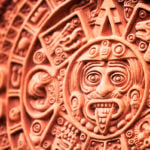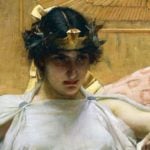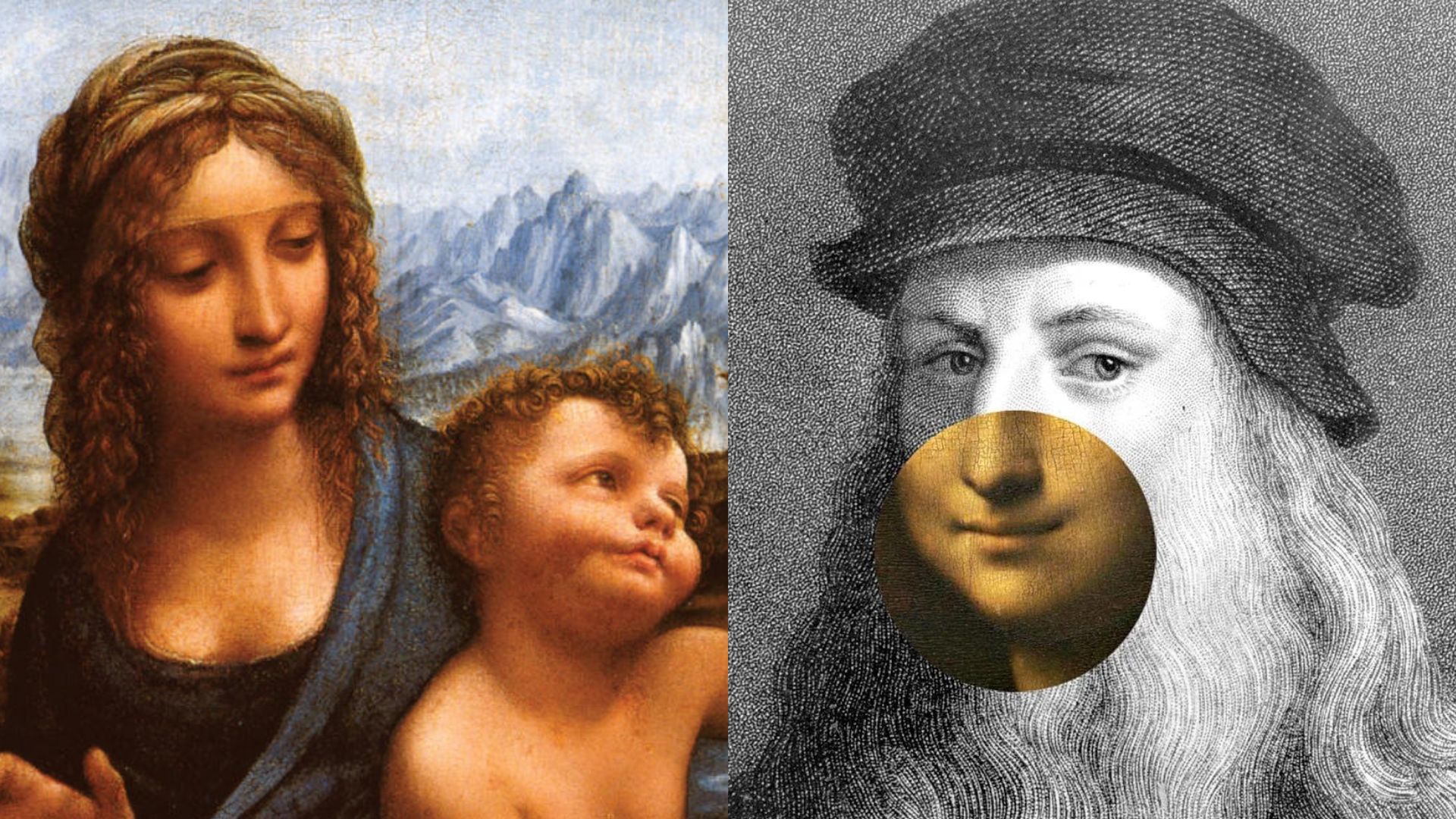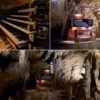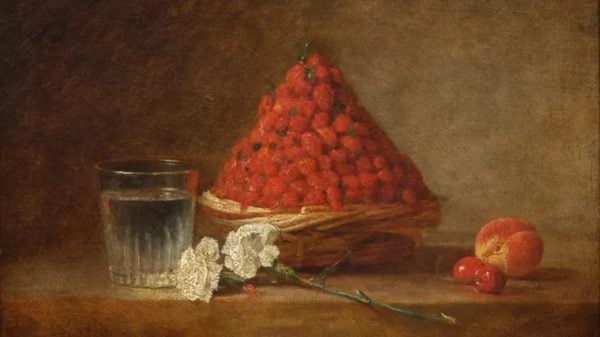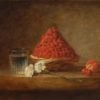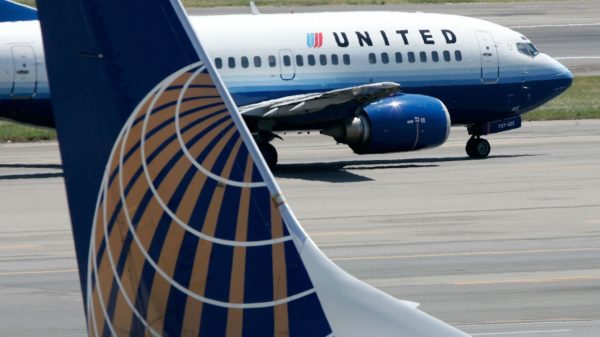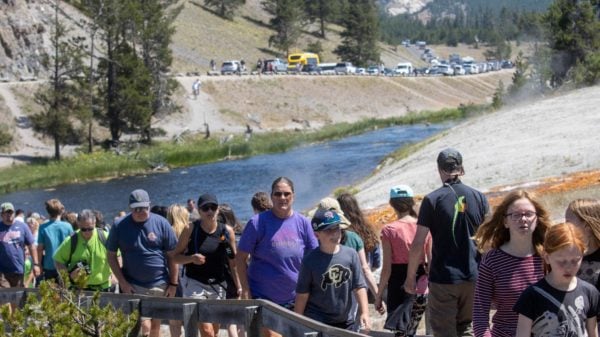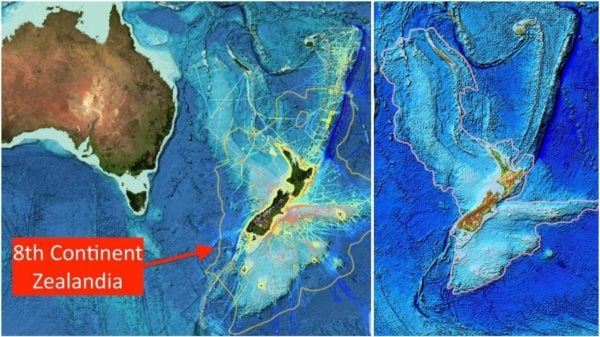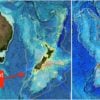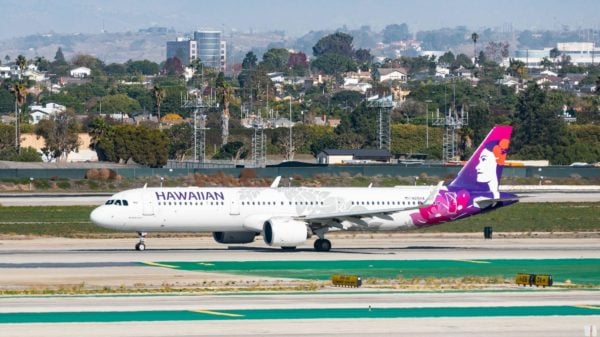=Carlo Vecce, a Renaissance scholar and University of Naples professor has made a groundbreaking discovery within the Florence Archives. He unearthed an authentic document that could potentially revolutionize the narrative surrounding Catherine, the mother of Leonardo da Vinci.
A recently discovered document sheds light on Leonardo da Vinci’s ancestral roots, revealing that his mother was a young Circassian woman, hailing from the ancient Caucasus region, who arrived in Florence in slavery.
A notarized deed, penned by none other than Leonardo’s father, Piero da Vinci, on November 2, 1452, secured her freedom from servitude.
As the mastermind behind this extraordinary finding, Vecce divulged the account that he uncovered, which inspired his extensive inquiry and the subsequent release of a book. Although the notion that Leonardo’s mother was a slave had been conjectured for quite some time, no written evidence had substantiated it until now.
According to Carlo Vecce’s disclosure, Leonardo’s mother was a young woman hailing from Circassia.
During the 15th century, Circassia was a region located in the northeastern part of the Caucasus Mountains, situated between the Black Sea and the Caspian Sea. The region was home to the Circassian people, who were mainly Muslim ethnic groups that spoke their own distinct language and culture.
They resided in the northern region of the Caucasus until the 1800s. During that time, the group experienced great turmoil as they were forced to abandon their ancestral lands, with over one million people departing after the invasion of czarist Russia.
Modern-day Circassia no longer exists, as the boundaries are part of Russia. However, there are still communities of Circassians living in various parts of the world, including places like Jordan, Israel, Turkey, Syria, and the U.S.
At some point in Leonardo’s mother’s life, she was abducted and sold into slavery multiple times before eventually landing in Florence, having traveled from Constantinople to Venice. It was there that she met and wedded Leonardo da Vinci’s father.
Vecce’s most recent disclosure is centered around a remarkable discovery made during the construction of the new headquarters for the University Cattolica in Milan, near the Sant’Ambrogio district.
The chapel of the Immaculate Conception is now being uncovered, revealing human remains from old burials in its crypt. Vecce wonders whether the remains of Catherine, who passed away in 1494 while in the embrace of her son Leonardo and was interred in Milan, could be among them.
To date, one of the most reputable theories regarding the identity of Leonardo’s mother has been presented by renowned Leonardo scholar Martin Kemp. He previously held a professor role at the University of Oxford.
Kemp published a book in 2017 in which he put forth his own theory, stating that Leonardo’s mother was Caterina di Meo Lippi. She was an orphan who lived in a farmhouse near Vinci, the Tuscan village in which she gave birth to her son and to which he owes his name.
However, as Kemp cautioned, no account has definitive proof.




